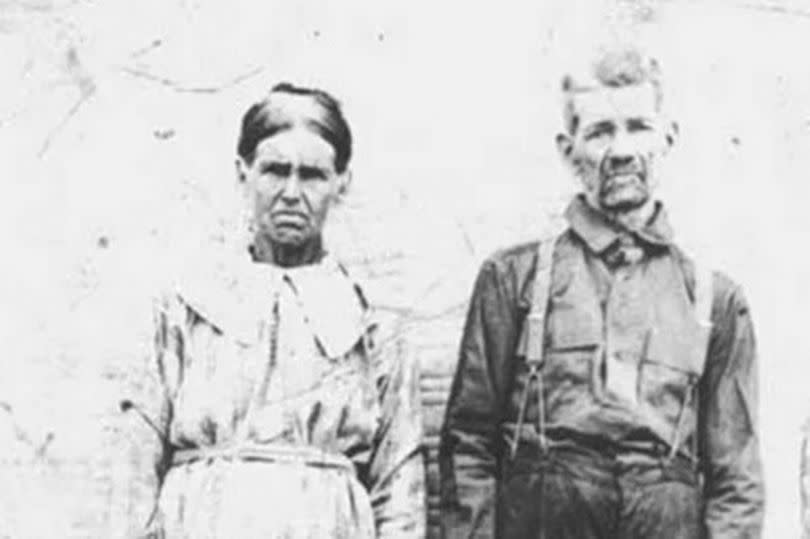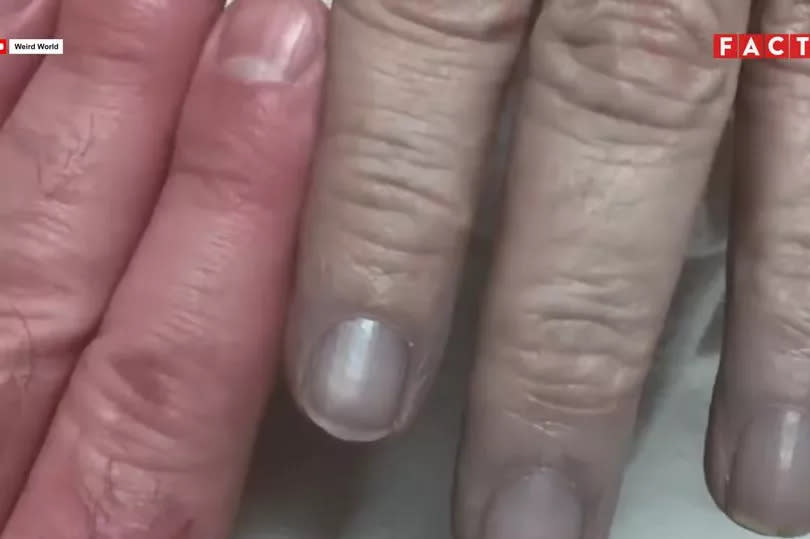Inbred family so incestuous their skin turned blue from super rare defect

A family with a huge history of incest developed blue skin due to a rare genetic condition passed down through generations. The Fugates, from an isolated rural community in Troublesome Creek in Kentucky, were known for inbreeding within the family.
This is understood to have started in 1820, when Martin Fugate and his wife Elizabeth Smart settled in the secluded area of Appalachia, located in Perry County, Kentucky. Mr Fugate carried an extremely rare genetic defect known as methaemoglobinaemia, which affects a mere 0.0035 per cent of the global population.
This condition prevents blood from carrying sufficient oxygen around the body, causing the blood to turn brown due to a lack of oxygen-carrying red blood cells. Consequently, the skin of white patients turns blue, and some people's lips become purple, The Mirror reports.

When Martin and Elizabeth had seven children, four of them inherited the blue skin from the recessive gene methaemoglobinaemia. However, the condition would have been extremely unlikely to have affected future generations if they hadn't continued to marry within the family.
But given their remote location, the Fugates didn't mingle with others and ended up marrying their cousins. They formed families within the small community with the Combs, Richies, Smiths, and Stacys.
In a strange twist, Zacharia, one of Martin and Elizabeth's children, married his own aunt, while another son wed a close cousin.

Luna Fugate, known for having the most striking blue skin and "lips as dark as a bruise", married her cousin John Stacy in the late 19th century, and they had 13 children.
Despite methemoglobinemia's potential to cause developmental disorders and seizures, it didn't seem to affect this family, with Luna living until the age of 84. Their children were reportedly healthy as well, albeit blue.
This unusual tale piqued the interest of blood expert Dr Madison Cawein from the University of Kentucky. In the 1960s, he sought out the Fugates, meeting some surviving members and assessing their condition.

He found that their blood lacked a crucial enzyme and hypothesised that injecting them with the blue dye, methylene, might help.
Astonishingly, their blue skin vanished within days, though only temporarily. Nonetheless, Dr Cawein advised the family to take daily methylene tablets to manage their condition.
Don't miss the latest news from around Scotland and beyond. Sign up to our daily newsletter.

 Yahoo News
Yahoo News 
